Submitted by Gary Ostlund

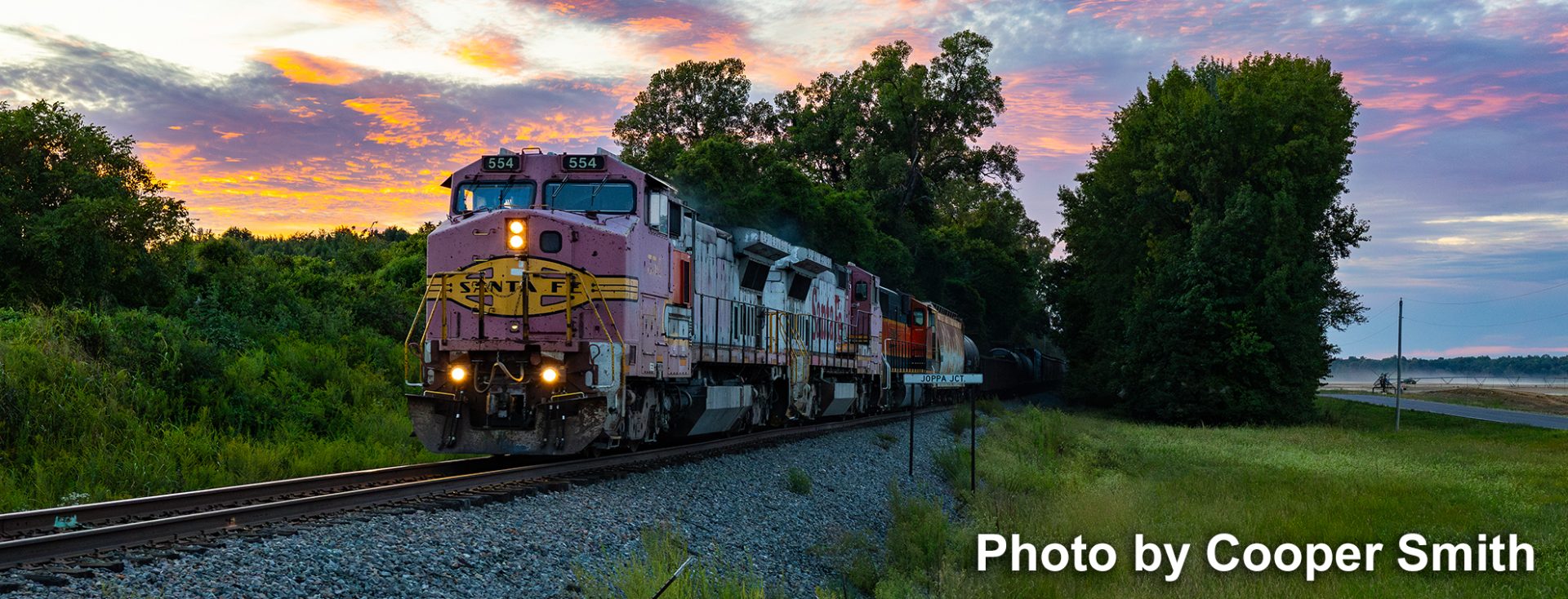
Submitted by Gary Ostlund

First Place January 2023 West KY NRHS Photo Contest – RJ Corman locomotive 3803 eastbound, pulling a local freight between Russellville and Auburn, Kentucky. – Photo by William Farrell

Second Place January 2023 West KY NRHS Photo Contest -Norfolk Southern Intermodal #218 has taken the siding at Buechel, KY to wait for a Kentucky Utilities Coal Train #76J to charge the hill towards Danville, KY. NS #218 has no work this day and will be at the home terminal in Louisville in short order. Buechel, KY on January 27, 2023. – Photo by Bill Grady

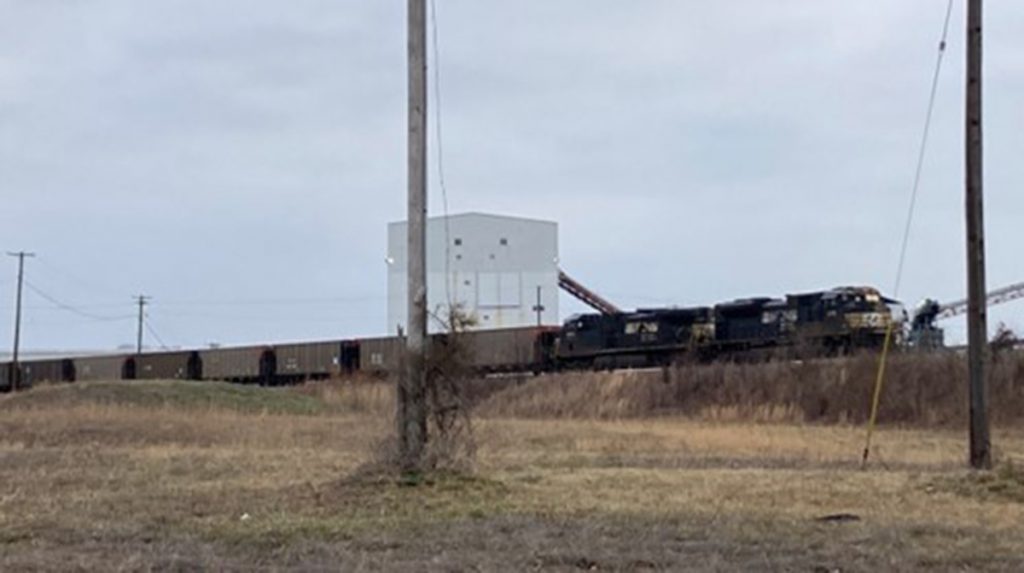
An all-NS day at Warrior Coal. Photo by Bill Thomas
(Apple iPhone SE (2nd generation) Wide Camera — 28 mm ƒ1.8. 2682 × 1509)
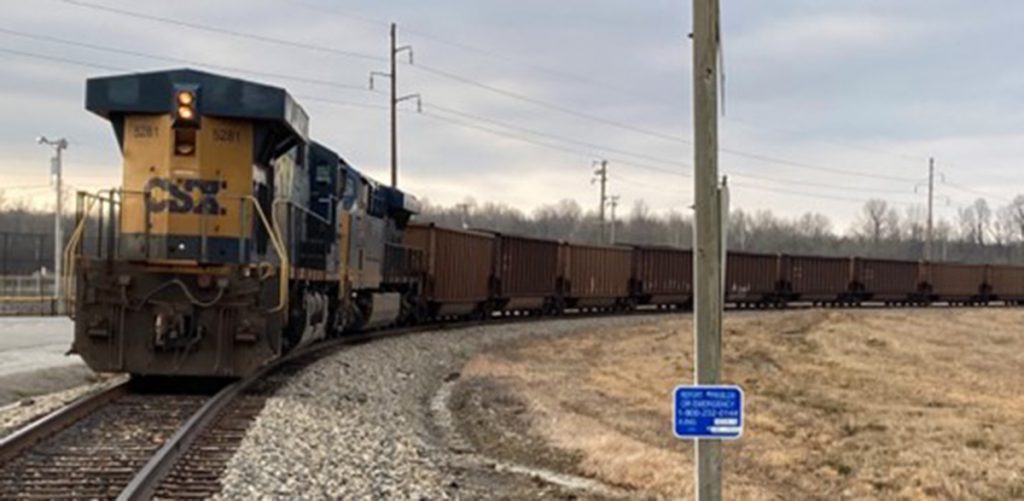
A LITTLE ODD – This loaded CSX coal train on the Warrior branch, Madisonville was long hood forward on February 10, 202, when editor Bill Thomas caught it idling and waiting on a crew.
(Apple iPhone SE (2nd generation) Wide Camera — 28 mm ƒ1.8. 2682 × 1509)
The engine number is obscured, but this late model Southern Pacific cab-forward is sticking its nose out of a dead-end tunnel. Say-what..? The location is Cascade Summit on the line from Eugene to Klamath Falls, Oregon.
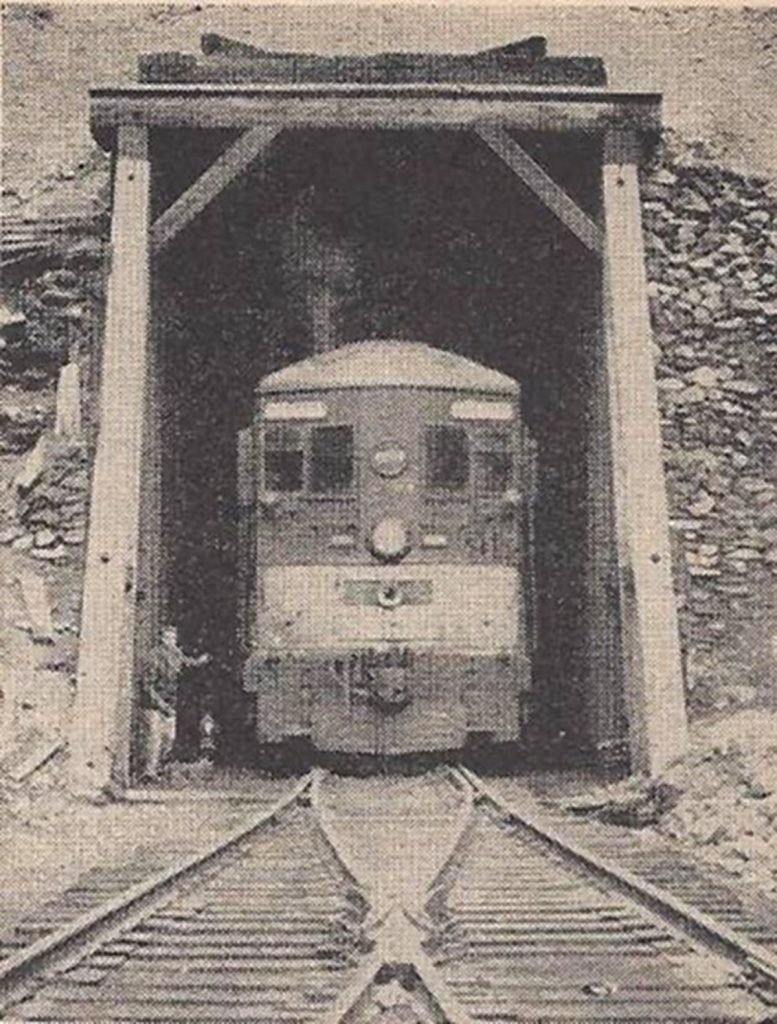
A helper district from Oakridge ended here at the summit. The helpers were cut off and turned on a wye for the return trip downhill. The problem here at Cascade Summit was cramped space, and a turning wye requires a fair amount of real estate to function.
Problem solved, burrow a tunnel long enough negotiate the movement. The track leading out of the picture to the left links up with the Westbound mainline towards Klamath Falls. The other towards Oakridge and Portland. . A turntable was impractical unless covered, and snowplows easily keep the wye clear. To my knowledge this arrangement is unique to the Southern Pacific. Photo and caption submitted by Gary Ostlund.

My daughter in NY sent me this snap shot of her cat.
Anyone see any resemblance to a famous RR mascot?
Hint: Sleep like a kitten…
The winners and entries from the chapter’s 2023 Photo Contest! Our next contest runs from March 1-31, 2023. Each member may submit two entries as JPGs and deadline for your entries is April 7th, 2023. Your entries must be shot during the March 1-31st time frame.
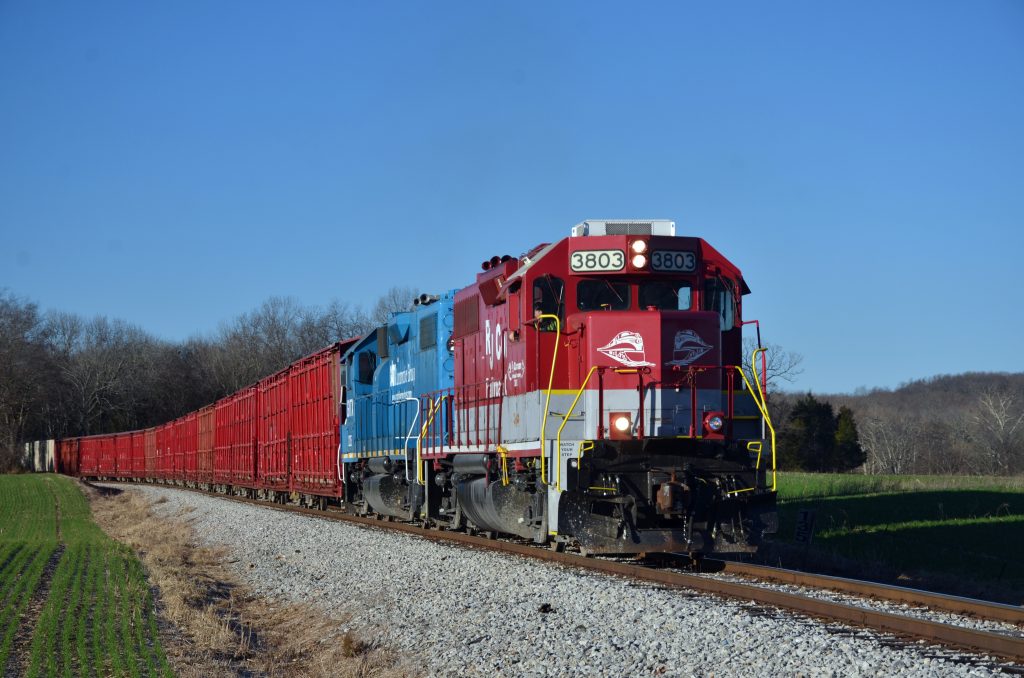
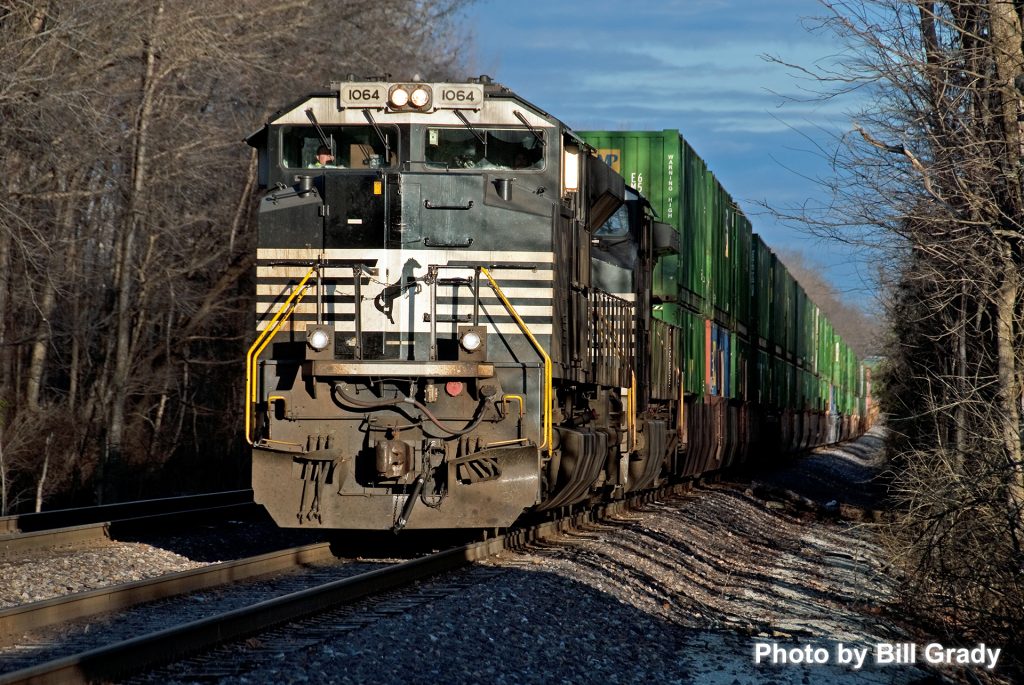
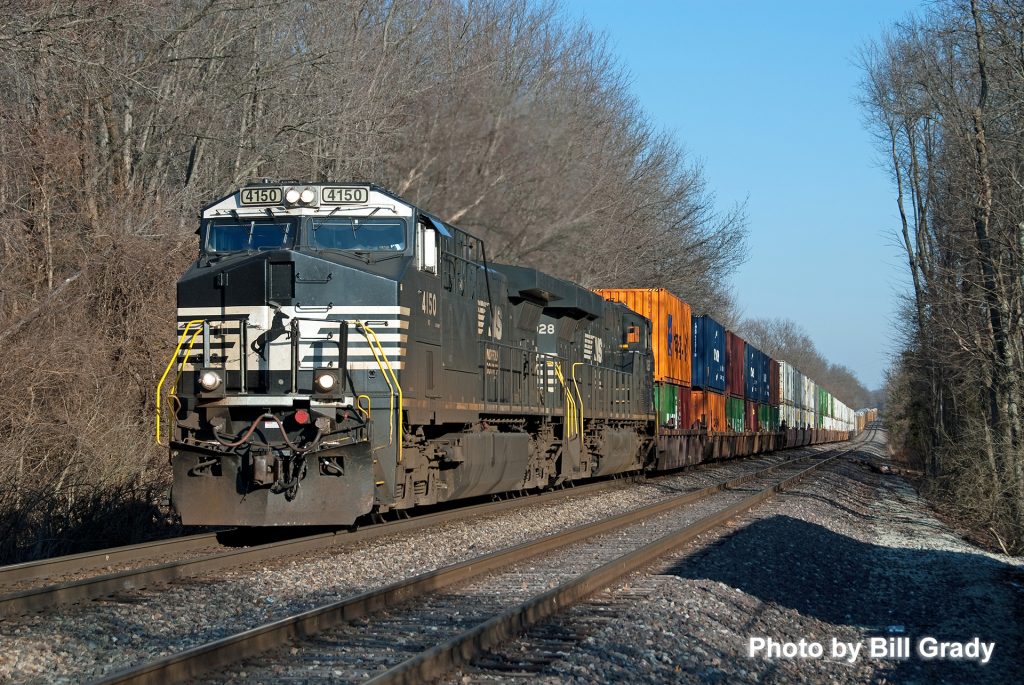
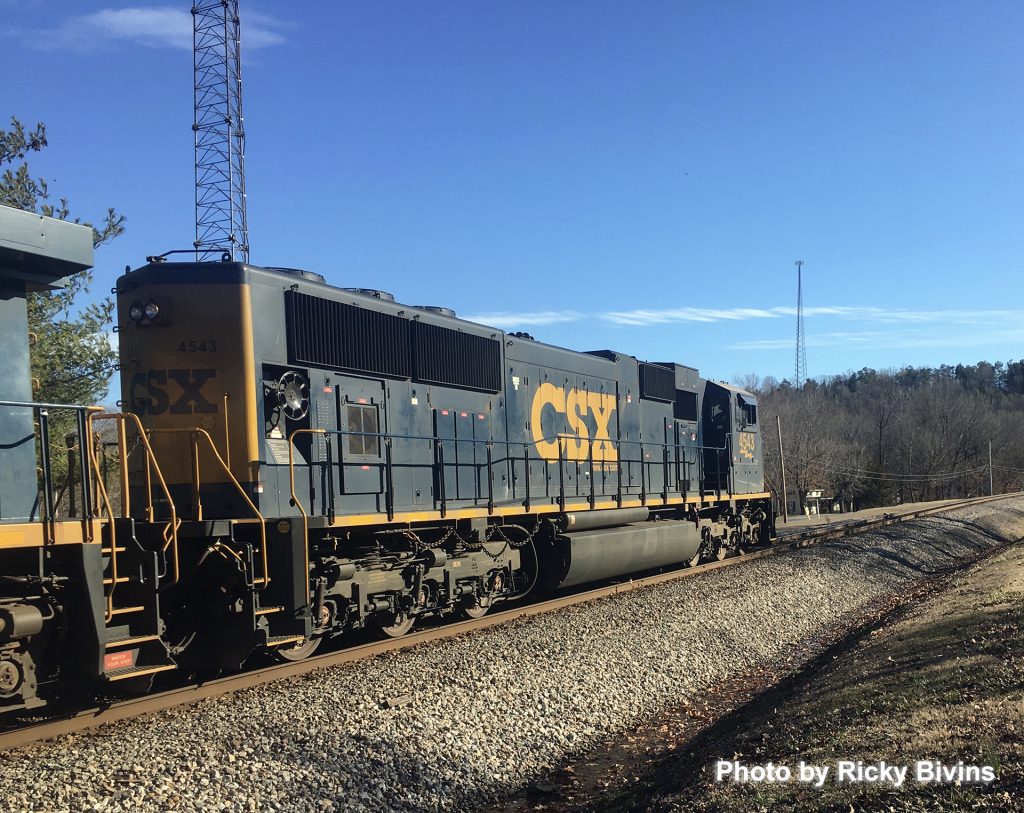
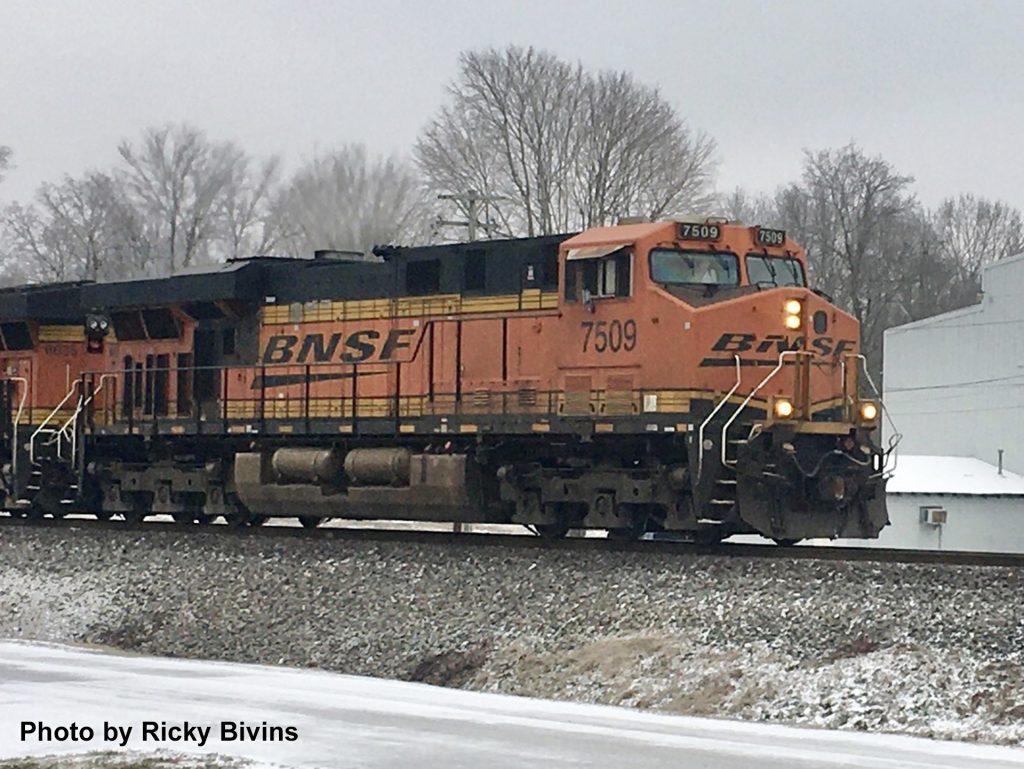
Click images above to view the full picture.
CHATTANOOGA, Tenn. — George Walker, Tennessee Valley Railroad Museum general manager, passenger operations, died Jan. 4, 2023, following an accident at the organization’s shop facility in the early afternoon hours, according to Penelope Soule Gault, museum marketing and public relations director, and a statement posted on their website.

The museum’s statement reads: “The Tennessee Valley Railroad Museum family is heartbroken by the passing of long-time employee George Walker. He was involved in a tragic accident at the shop. At this time no other details are available. Please keep Mary, Andrew, Aaron, and Charlie in your prayers as they deal with this tragic loss.”
Walker began his involvement with the museum as a teenager in 1981. He spent a brief period with Norfolk Southern steam program in which he worked on both Nos. 611 and 1218. He then returned to the museum on a full-time basis, where he has worked for nearly 30 years. Walker was a dynamic advocate for steam locomotive restoration. He wrote the business plan: “Steam for the 21st Century,” which became a model for numerous locomotive restorations.
By Bob Lettenburger, Trains Associate Editor, January 4, 2023
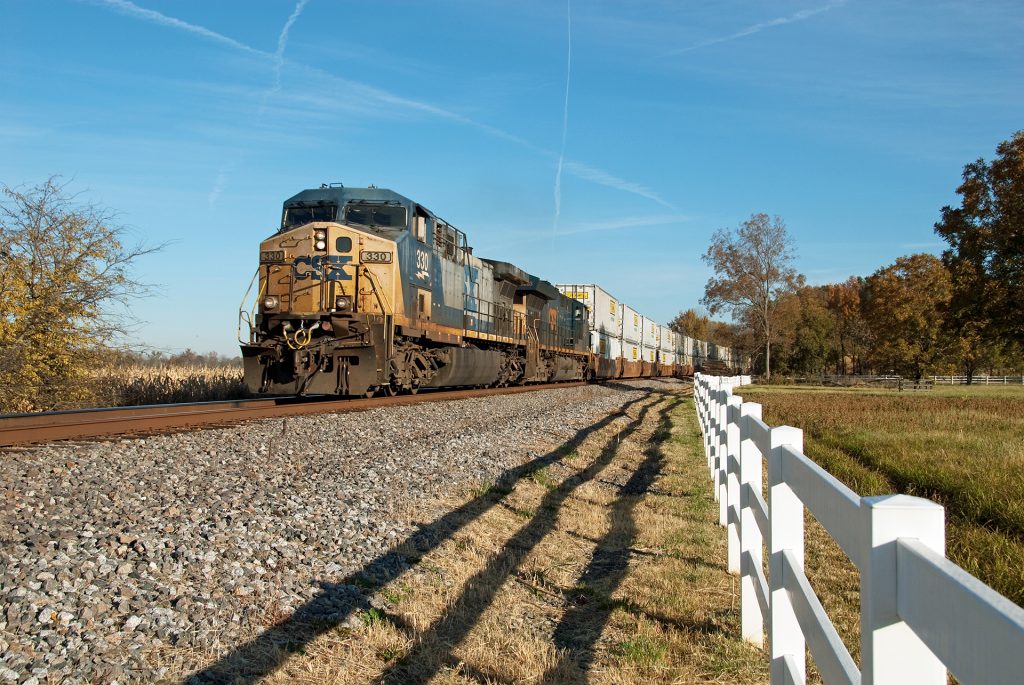
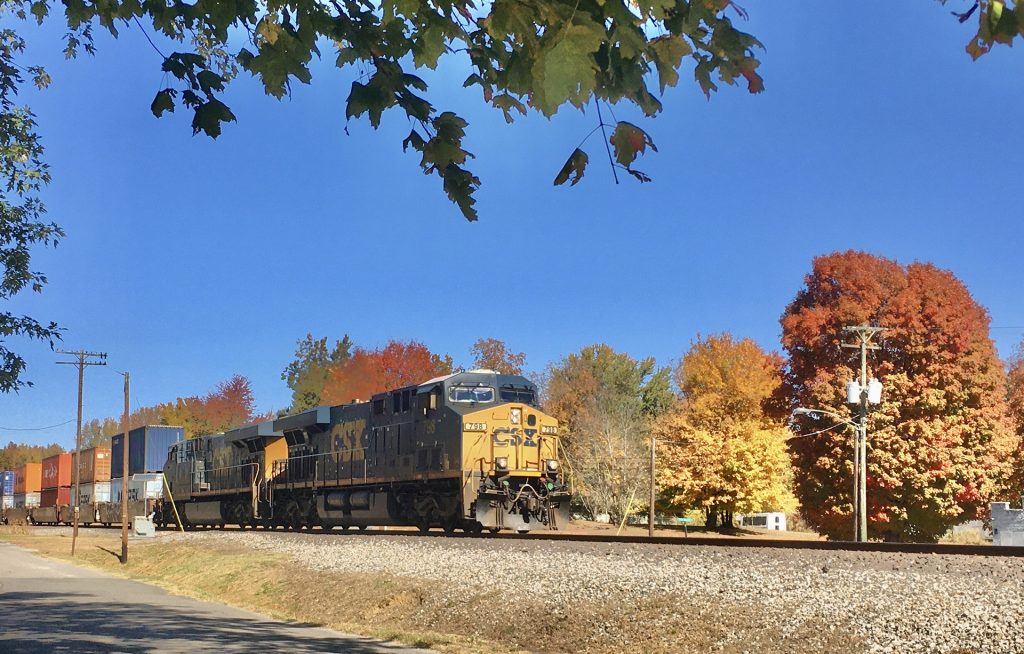
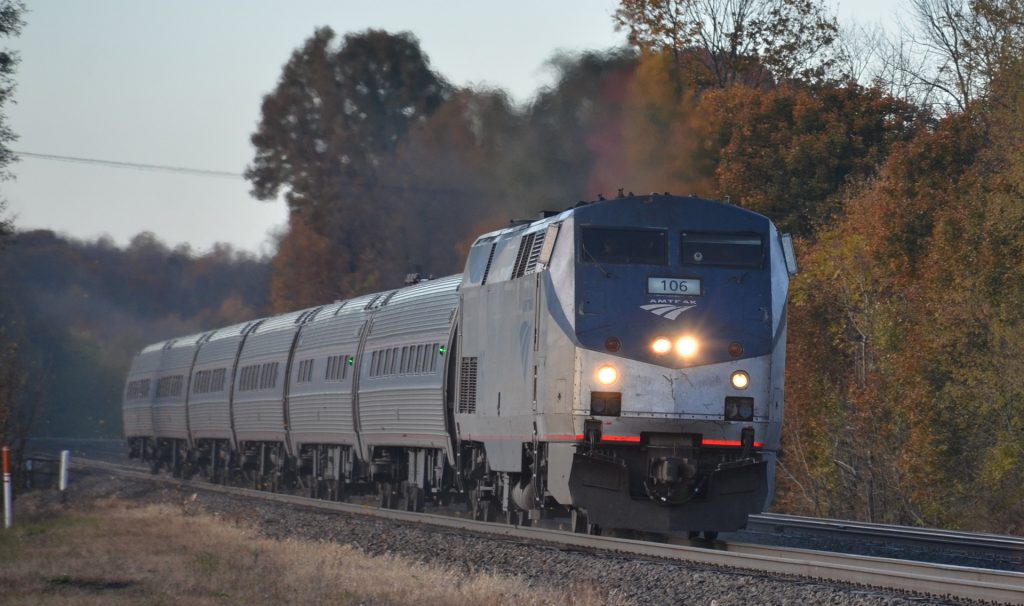
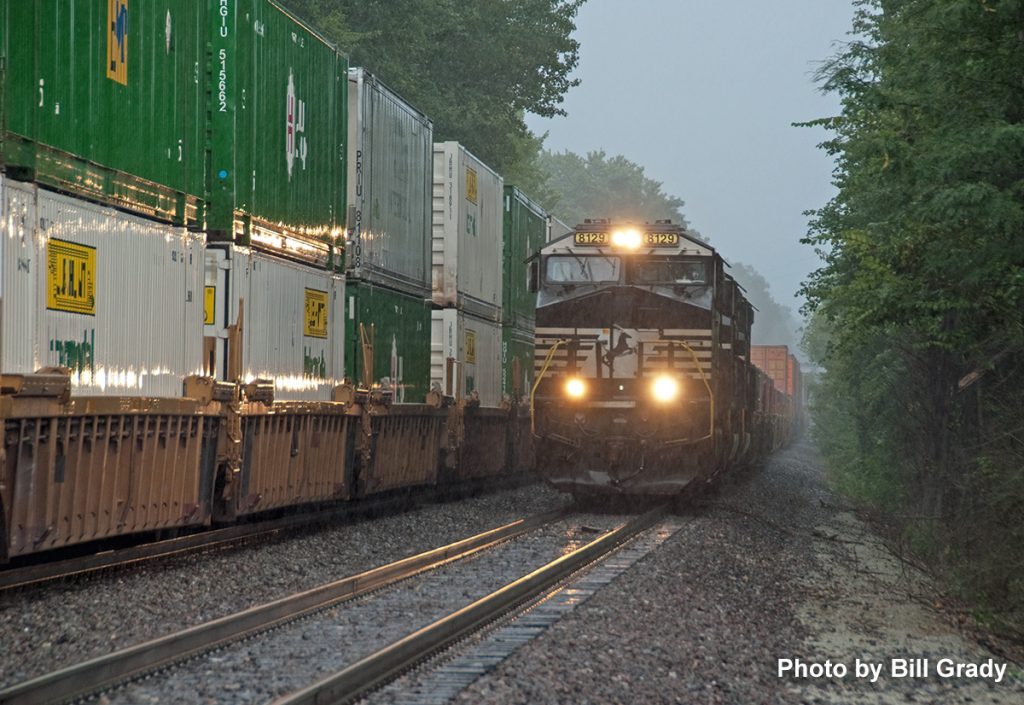
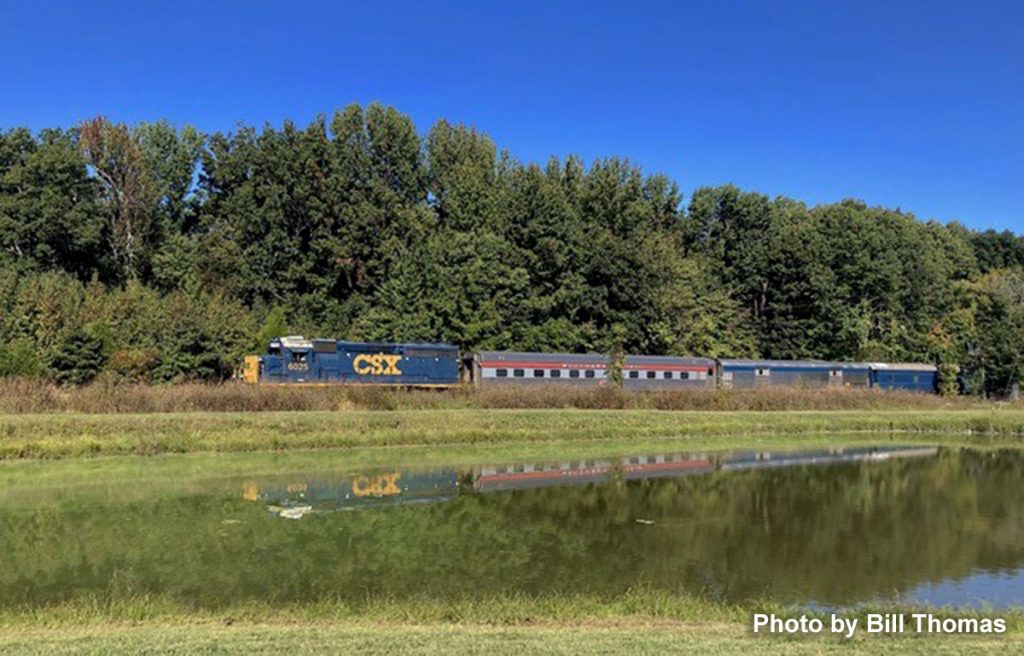
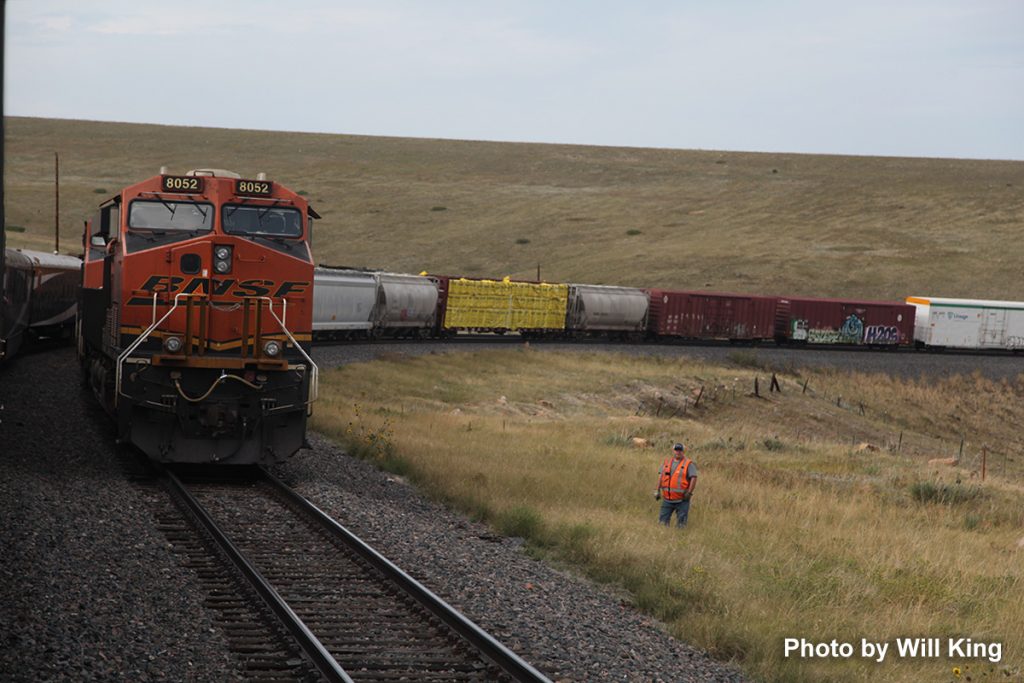

Editor’s Choice – Meadow River Lumber Company steam locomotive, Heisler No. 6, leads a freight train past a wetlands area at Hosterman, West Virginia during the Mountain Rail WV, Rail Heritage Photography Weekend. The event was held at the Durbin & Greenbrier Valley Railroad, Durbin, WV, and Cass Scenic Railroad, Cass, WV, from November 4-6th, 2022.
If you can, take time to google this article on saving and moving 10 railcars from a nuclear power facility in North Carolina! Here’s the link: https://admin.nrhs.com/NRHSNews/202210NRHS-NewsOctober2022final2.pdf


“Like an ancient fossil, the imprint of a fallen leaf on a rusty rail preserves its image until the next train comes along.” That is a direct quote from the regular feature Final Frame in Railfan and Railroad Magazine, September 200l. No location is listed, and I don’t know Bradley McClelland the photographer. But, I’ll bet both are well east of the Mississippi. One of you horticulturists may ID the leaf.

I have to differ with the caption, in that the next train has already appeared. That shiny edge is the inside of the rail, probably on a curve to the left. Pretty much only the flange of the wheels made contact with the rail. On straight track more of the leaf image would have disappeared.
This is jointed rail, probably the typical 39′ length, as you can see one of the four rail bolts, with the nut showing. Just thought this was a neat twist to toss in a little of Mother Nature’s artwork this “Fall” week.
Gary